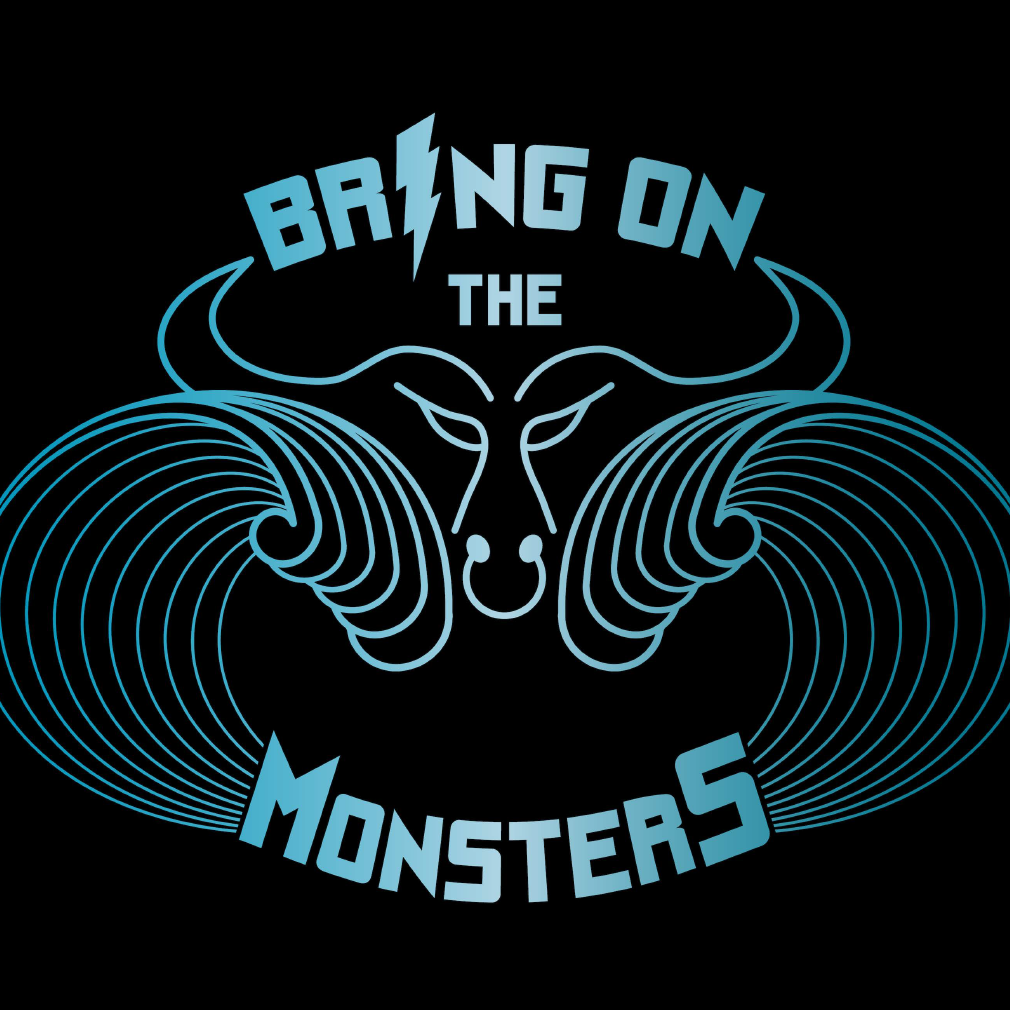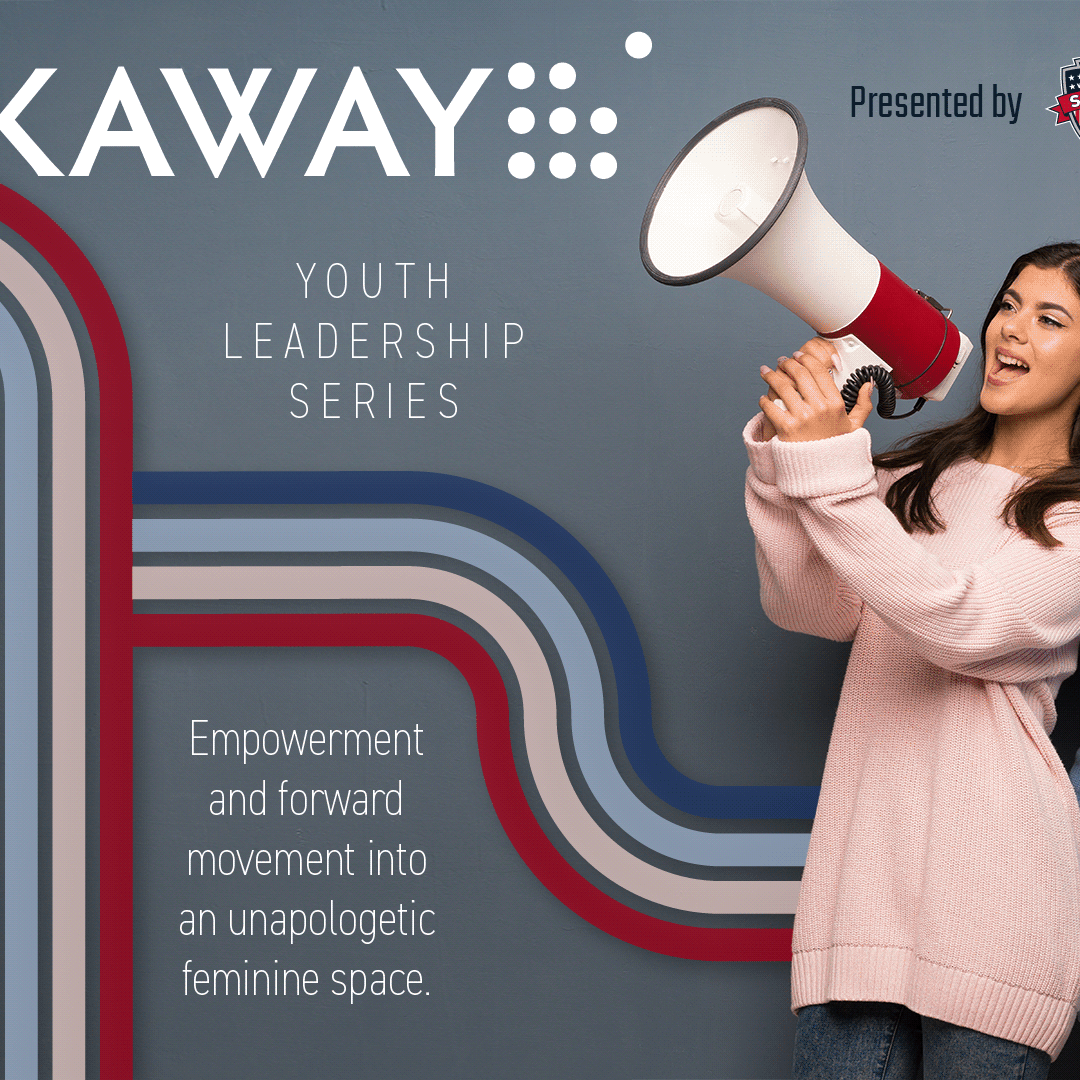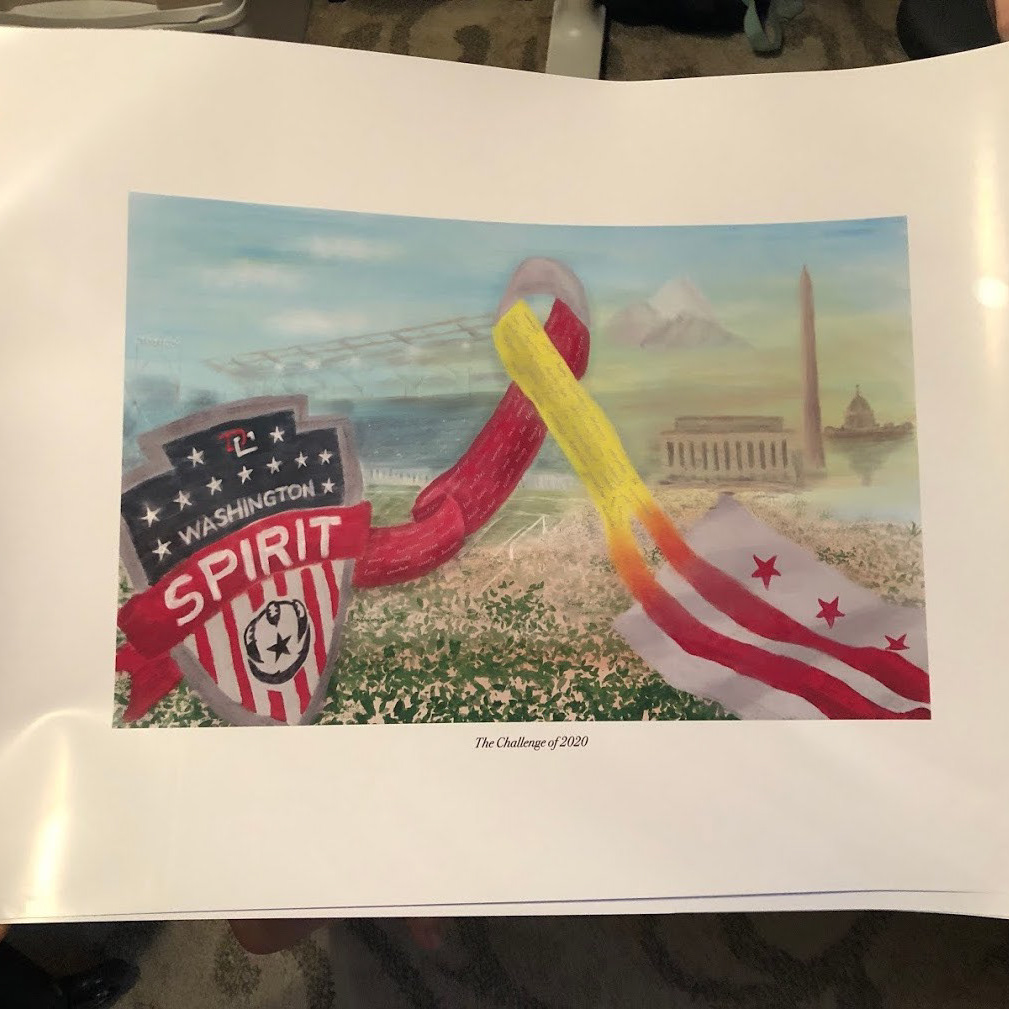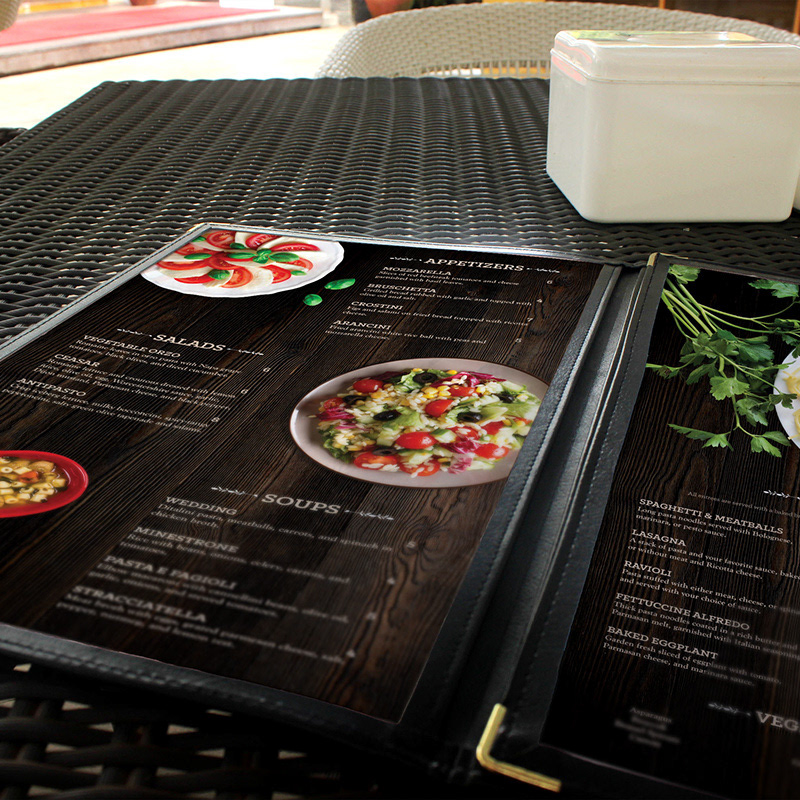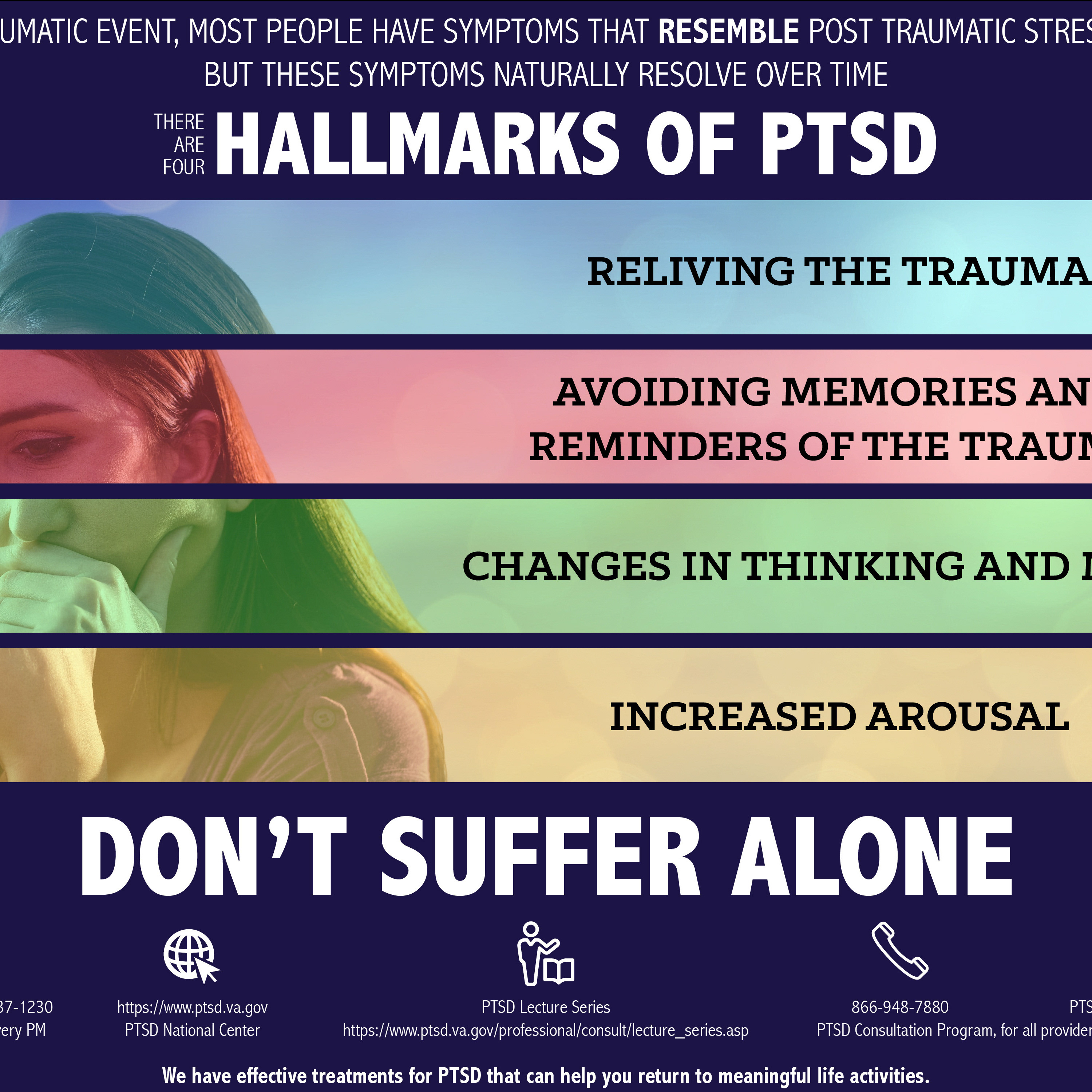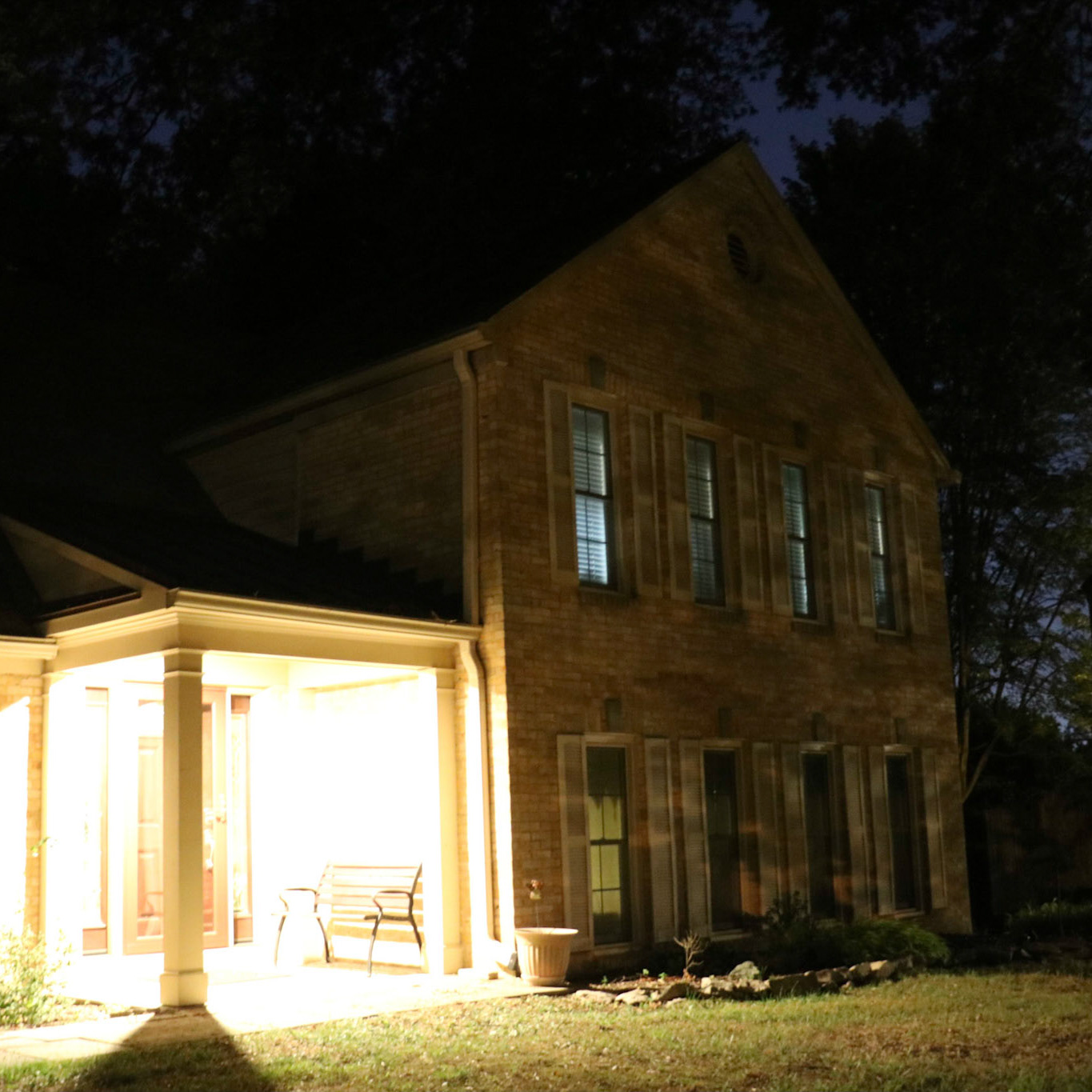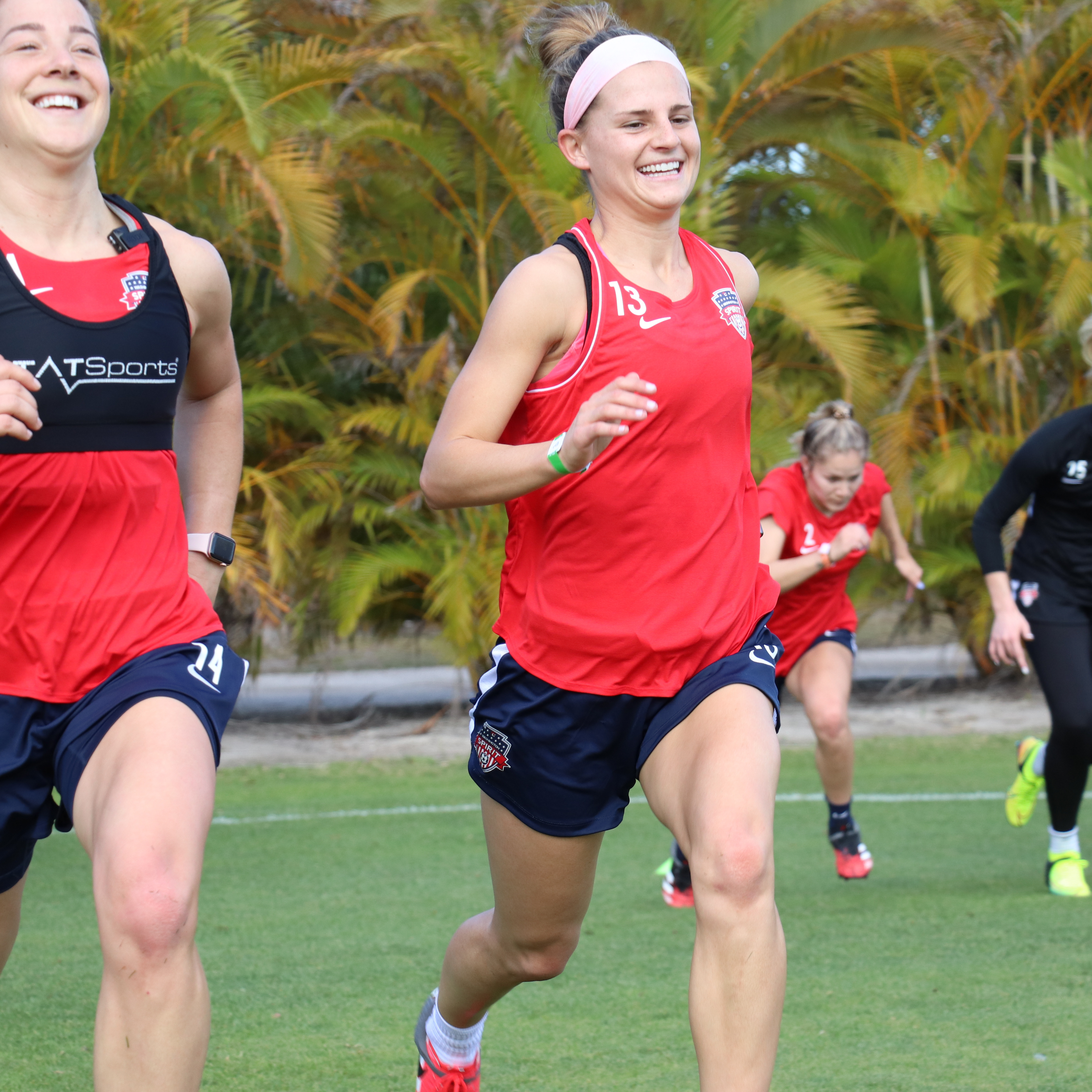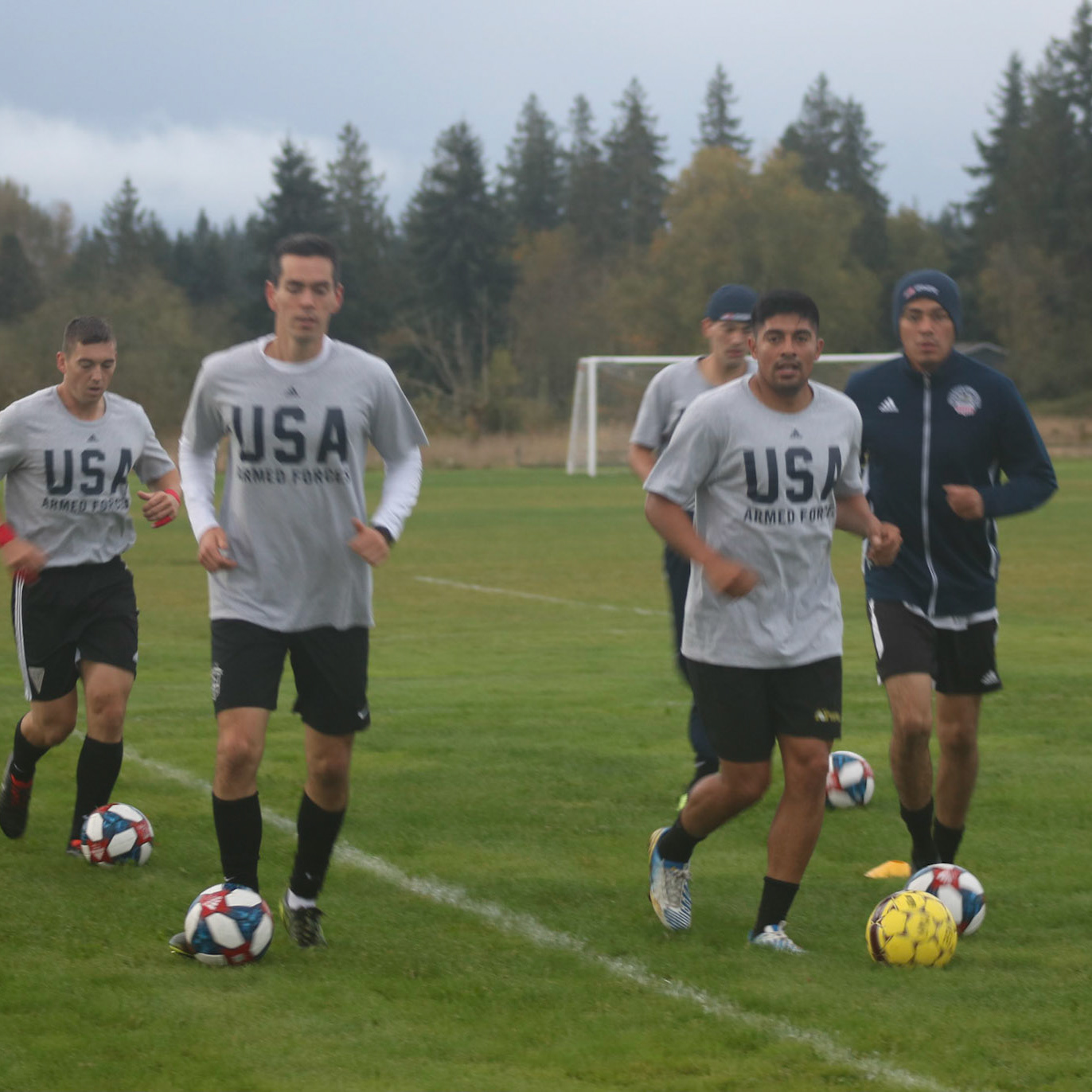Noise-cancelling headphones are a mainstay of misophonia mitigation, but often cannot give relief because subjects are still triggered by their own breathing sounds.
The sounds of people eating and silverware on plates are common triggers, particularly in young people. Misophonia symptoms typically emerge between ages 12 and 15.
Most misophonia triggers are auditory; however, anxiety can activate from repetitive motions. Some sufferers are even set off by frequent blinking.
A common motion trigger is restless legs, particularly in spaces where there is nothing else moving.
When noises and repetitive motions are too much to bear, anxiety sets in and can result in emotional and physical breakdowns.
Misophoniacs hear what others cannot. This frequently emerges as talent in music. Many find great relief in the arts.
Although light sensitivities vary, misophoniacs are often activated by the sound of buzzing light bulbs that others cannot hear. Another challenge is being triggered by keyboard and mouse clicking.
Behavioral psychology therapy helps them with coping mechanisms and managing the anxieties which precede and are created from their extreme sensitivities.
Evenings are particularly difficult because misophoniacs are more sensitive when tired and the quiet of bedtime puts focus on smaller sounds and their own breathing and swallowing noises. White noise generators and relaxation tracks help them sleeping comfortably.


